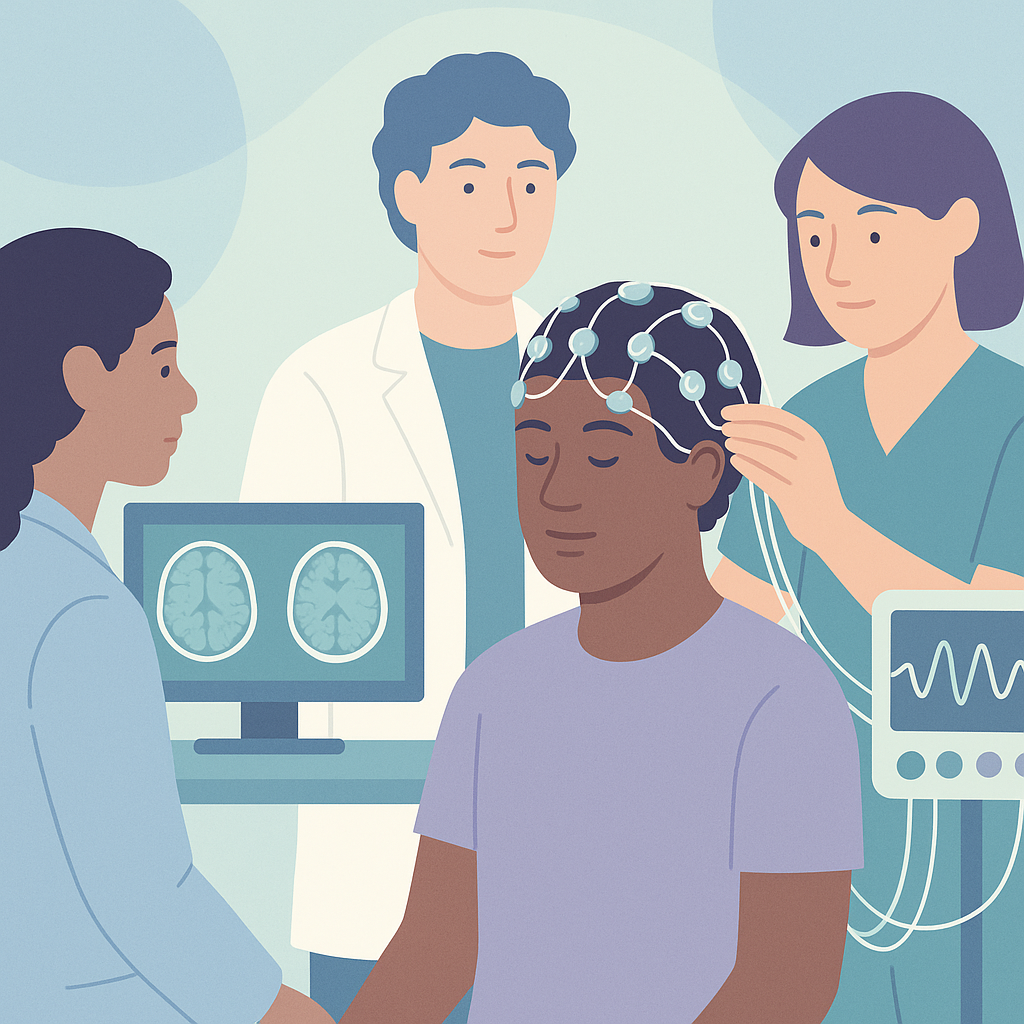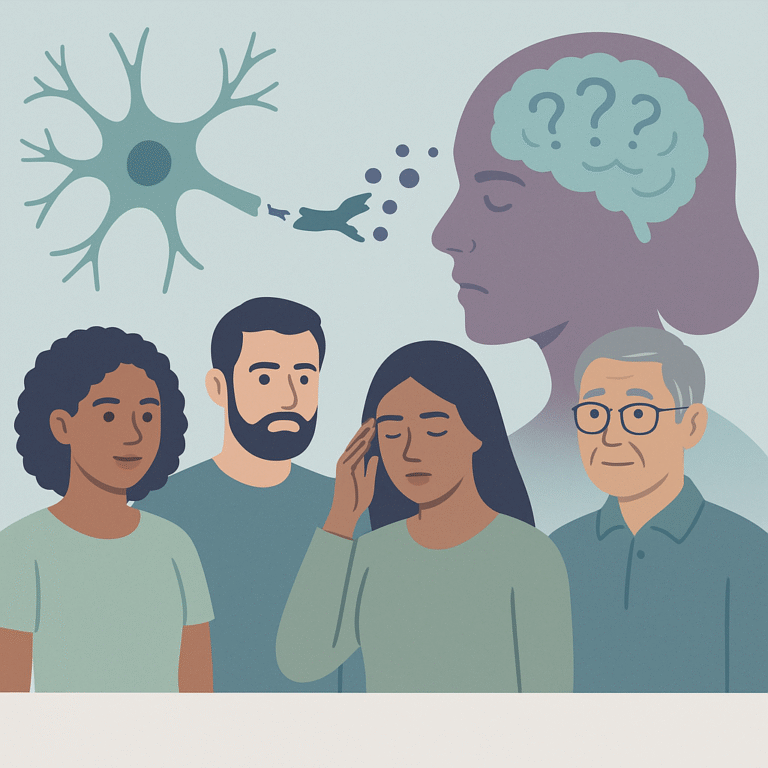Simultaneous EEG Methods Improve Epilepsy Surgery Planning
Source: Epilepsy research
Summary
Researchers studied the use of two types of brain monitoring—scalp EEG (scEEG) and stereo EEG (SEEG)—in patients with drug-resistant epilepsy. They looked at 16 articles and focused on eight studies that included a total of 250 patients from the United States and Europe. The goal was to understand how these two methods work together to help doctors plan for surgery in patients whose seizures do not respond to medication.
The key findings showed that using both scEEG and SEEG together can provide important information about where seizures start and how they spread in the brain. The studies found that there are specific timeframes for when each method detects seizure activity, and they often agree on where the problem areas in the brain are located. This combined approach helps doctors better identify the areas that need to be treated during surgery.
This research is important because it suggests that using both monitoring techniques together can improve the chances of successful surgery for patients with difficult-to-treat epilepsy. However, the studies reviewed were small and varied in quality, which means more research is needed. Future studies should involve larger groups of patients and standardized methods to confirm these findings and make this combined approach a regular part of epilepsy care.
Free: Seizure First Aid Quick Guide (PDF)
Plus one plain-language weekly digest of new epilepsy research.
Unsubscribe anytime. No medical advice.





